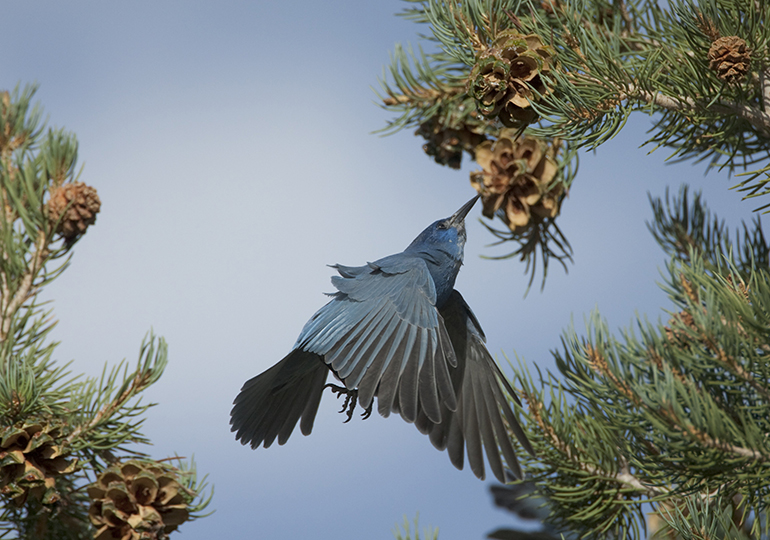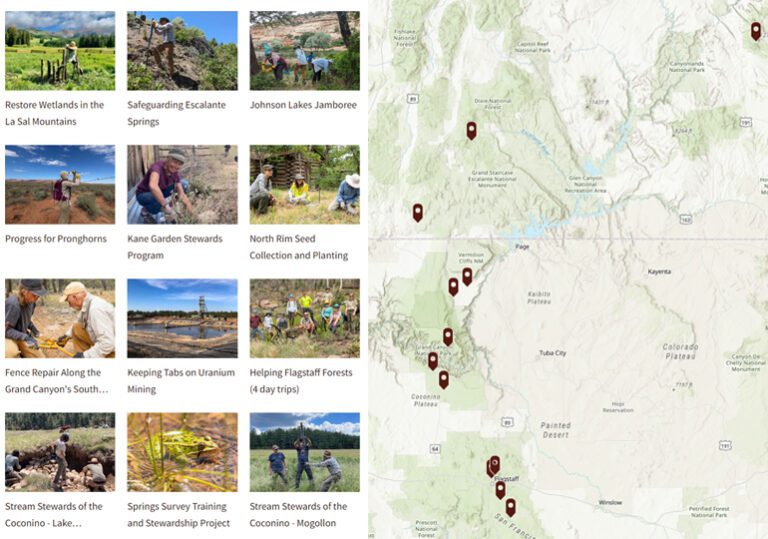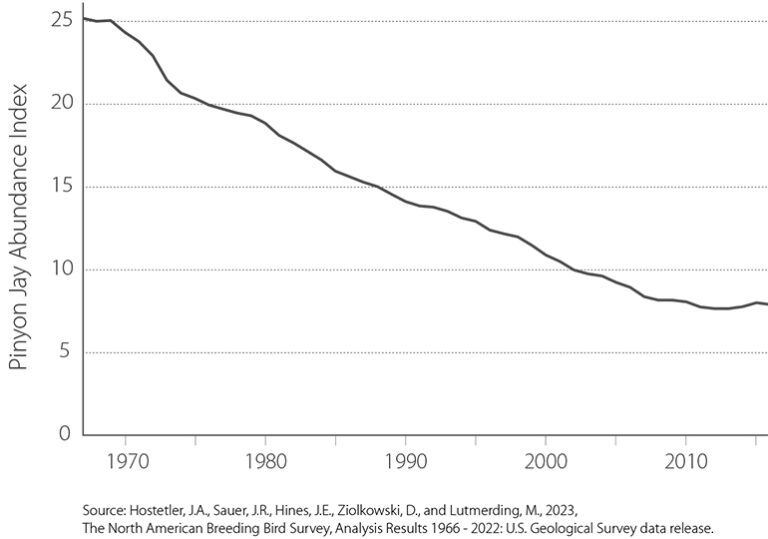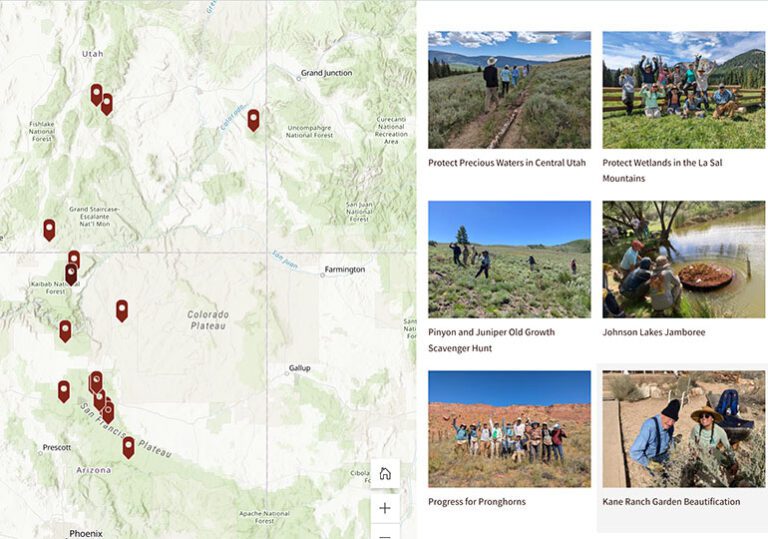Grab your binoculars and help us spot pinyon jays!
Pinyon jays — blue birds about the size of robins — live in pinyon and juniper forests across the Colorado Plateau. The birds and the trees are mutually dependent on one another: pinyon pines provide pinyon jays with food, and pinyon jays help pinyon pines spread their seeds. Both are facing unprecedented threats.
The pinyon jay population has shrunk by an estimated 85 percent since 1970, and the remaining population is expected to experience further declines in the next 50 years. Researchers believe a major reason for the decline is habitat loss. Across public lands in the West, federal agencies are proposing large-scale destruction of pinyon and juniper forests. After machines chew up the trees, the agencies often plant non-native grasses, which are a favorite of livestock.
We’re looking for volunteers to help gather information about pinyon jays to inform sound management of pinyon and juniper forests in Grand Staircase-Escalante National Monument and elsewhere throughout the Colorado Plateau. Read about how we used pinyon jay data to help protect over 30,000 acres of forest in Grand Staircase-Escalante National Monument in 2019. More on the blog
Sign up for the pinyon jay project
Already registered? Explore the training hub




